Hey there, fellow project managers and Microsoft Project enthusiasts! In today’s blog post, I’m going to dive into a crucial aspect of project management that often gets overlooked in Microsoft Project: displaying the Project Summary Task. Whether you’re a seasoned pro or just getting started with Microsoft Project, this feature is something you should definitely have in your toolkit. By the end of this post, you’ll not only understand what the Project Summary Task is but also know how to display it and make the most out of it. And guess what? I’ve got a special bonus for you too, so let’s jump right in! If you would rather watch the YouTube video on this subject, click here or click the thumbnail below.
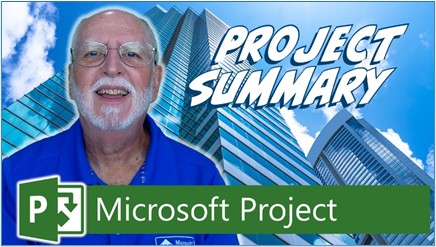
Understanding the Project Summary Task
Before you even start creating your task list, there’s a foundational element that you absolutely need to have in your project: the Project Summary Task. This is often referred to as “Row 0” or “Task 0.” But what exactly is it, and why is it so important?
The Project Summary Task acts as a high-level summary of your entire project. It rolls up all the information from various tasks into a single task row, providing you with an overview of the project’s duration, start date, finish date, and much more. It’s like the big picture that keeps you on track and informed about your project’s progress.
Step 1: Displaying the Project Summary Task
Let’s get to the practical part. Here’s how you can display the Project Summary Task in Microsoft Project:
- Display the “Gantt Chart Format” ribbon.
- On the far right end, in the “Show/Hide” section, look for the checkbox labeled “Project Summary Task.”
- Select that checkbox, and voilà! Microsoft Project will insert a task with ID #0 – that’s your Project Summary Task.
Step 2: Naming Your Project Summary Task
You can give your Project Summary Task any name you like. For example, if your project is about a software upgrade, name it accordingly. I usually use the project name to keep things clear and organized. Here’s how:
- Select the name of the Project Summary Task in the “Task Name” column.
- Press the “F2” function key to go into in-cell editing mode.
- Edit the name of the Project Summary Task and then press the “Enter” key.
Step 3: Automatic Display for Future Projects
Wouldn’t it be great if Microsoft Project could automatically display the Project Summary Task in every new project you create? Well, it can! Here’s how to set it up:
- Click on the “File” tab.
- Click the “Options” in the Backstage area.
- In the “Project Options” dialog, click on the “Advanced” tab.
- Scroll down to the “Display options for this project” section.
- To the right of that option, click the project pick list and choose “All New Projects.”
- Select the “Show Project Summary Task” checkbox.
- Click the “OK” button.
From now on, every time you start a new blank project, the Project Summary Task will be right there, waiting for you.
Bonus: Cleaning Up Your Project
Okay, you’ve got your Project Summary Task displayed – fantastic! But what if you’ve accidentally created an artificial Project Summary Task using task ID #1, and now you want to get rid of it? I’ve got your back:
- Identify the artificial Project Summary Task (usually, it’s usually task ID #1 in the project).
- Select the task just below it.
- Press and hold the “Shift” and “Control” keys on your keyboard.
- While holding those keys, press the “Down-Arrow” key. This will select all tasks below the artificial Project Summary Task.
- In the Schedule section of the Task ribbon, click the “Outdent Task” button. This will turn the artificial Project Summary Task into a regular task.
- Right-click on the task name.
- In the shortcut menu, choose “Delete Task.”
And just like that, your project is clean and organized, with the real Project Summary Task leading the way.
Congratulations, you’re now a Project Summary Task pro! But remember, learning is a journey, and I’m here to help you every step of the way.
If you have questions, please add them in the Comments section below. Or if you watch the video, add your questions or comments there. Please subscribe to my YouTube channel and leave “Likes” if you like the videos.
If you would like to have a formal class on using Microsoft Project, here is a link for my classes.
Course Materials
As a part of this course, each student will receive the following:
- Hands On Exercises workbook in PDF format
- Student sample files
Course Description
This “hands on” self-paced eLearning course teaches the foundational knowledge required to effectively manage “process agnostic” enterprise projects using Microsoft Project with either Project Online or Microsoft Project Server. Our “keep it simple” training approach allows students to master the vital skills they need to effectively plan and manage an enterprise project using Microsoft’s PPM (Project Portfolio Management) tools.
Audience
This course is focused on the core needs of project managers, project schedulers, and project coordinators who use Microsoft Project with either Project Online or Microsoft Project Server to manage enterprise projects.
Course Pre-Requisites
Each student must have a copy of one of the following installed on his/her PC:
- Project Online Professional for Office 365
- Microsoft Project 2016 or higher
Versions of Microsoft Project earlier than the 2016 version do not qualify for this course.
Best Instructor Ever!
Dale Howard has been a Microsoft Project MVP (Most Valuable Professional) for 20 years in a row and is currently one of only 26 Project MVPs in the entire world. If you post a question about any of Microsoft’s PPM tools on the public message boards, Dale is frequently the person who will answer your question.
Module 01: Microsoft Project Overview
- Working with the User Interface
- Understanding the Gantt Chart View
- Understanding the Microsoft Project Data Model
- Understanding and Using Views
- Understanding and Using Tables
- Understanding and Using Filters
- Understanding and Using Groups
- Project Navigation Tips
Module 02: Working with a New Project
- Creating a New Project
- Creating a New Project from a Template
- Creating a New Project from a Personal Template
- Working with the Standard Calendar
- Add Holidays to the Standard Calendar
- Create a Custom Calendar
- Copy Calendars to the Global.mpt File
- Defining a New Project
- Set the Project Start Date
- Enter Project Properties
- Display the Project Summary Task
- Set the Project and Nonworking Time Calendars
- Set Project Options
- Save the Project
Module 03: Task Planning
- Understanding Manually Scheduled vs. Auto Scheduled Tasks
- Creating the Task List
- Creating Summary Tasks
- Creating Milestone Tasks
- Entering Duration Estimates
- Specifying Task Dependencies – Overview
- Specifying Task Dependencies in a Real World Project
- Applying Task Constraints
- Applying Deadline Dates
- Applying a Task Calendar
- Using Cell Background Formatting to Highlight Tasks of Interest
Module 04: Resource Planning
- Understanding Project Resource Types
- Creating a Work Resource
- Creating a Generic Resource
- Editing a Work Resource
- Creating a Material Resource
- Creating Budget and Expense Cost Resources
Module 05: Assignment Planning
- Assigning Resources to Tasks: Best Practices
- Assigning Resources to Tasks Using the Task Entry View
- Assigning Resources to Tasks Using the Assign Resources Dialog
- Assigning Material Resources
- Assigning Budget Cost and Expense Cost Resources
Module 06: Completing the Project Schedule
- Performing a Quality Check on the Project Schedule
- Saving and Backing Up a Baseline for the Project
Topical Outline: Execution Training
Module 07: Capturing Task Progress
- Setting the Status Date for the Project
- Manually Entering Task Progress
Module 08: Working with Task Updates
- Rescheduling Incomplete Work from the Past
Module 09: Variance Analysis, Plan Revision, and Change Control
- Analyzing Project Variance
- Revising a Project Schedule
- Adding New Tasks to a Project through Change Control
- Updating the Project Baseline
Module 10: Project Reporting
- Creating a Timeline View
- Formatting the Timeline View
- Exporting the Timeline View to Another Application
- Viewing a Dashboard Report
- Editing a Table in a Dashboard Report
- Editing a Chart in a Dashboard Report
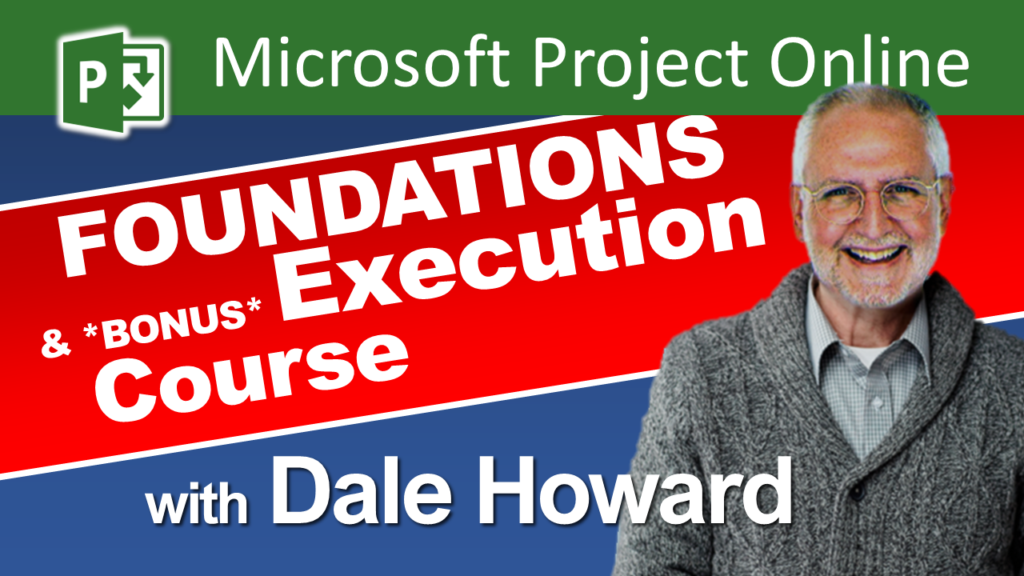

Dale Howard
Microsoft Project MVP “20 Years”
About Me
Hello there Microsoft Project lovers! I’m Dale Howard and I’ve been a Microsoft Project MVP (Most Valuable Professional) for 20 years in a row and I’m currently one of only 26 Project MVPs in the entire world. Pretty exciting, right!?
If you post a question about any of Microsoft’s PPM tools on the public message boards, look to see who the moderator or person that has answered the questions and you see, it’s frequently me answering your questions. Some people like to golf, I love Microsoft Project helping the community get to understand Microsoft Project much better.
I’ve been teaching students at all levels for over 20 years and have taught thousands of users around the world. I’ve written and co-authored 23 books on Microsoft Project, Project Online, and Project Server so if you’re like me and like to read over watching a video, you can Check Out My Books on Amazon.
For the people that like to watch videos, check out my YouTube channel. If you post a question in the comments, I’ll be happy to answer questions or create a new video to answer your question.
If you’ve got a question about Microsoft Project, Project Online or Project Server, check out some of these community post areas below where I am the moderator and have been answering questions on these message boards for over 20 years.
Microsoft Tech Community
Reddit Project Online Community
LinkedIn Project and Planner Group
My Students Include:
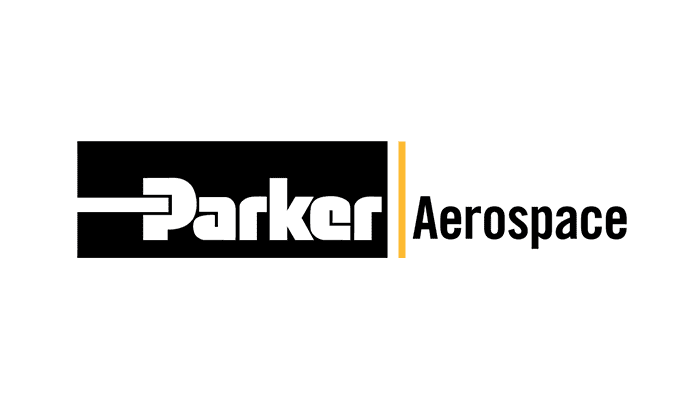
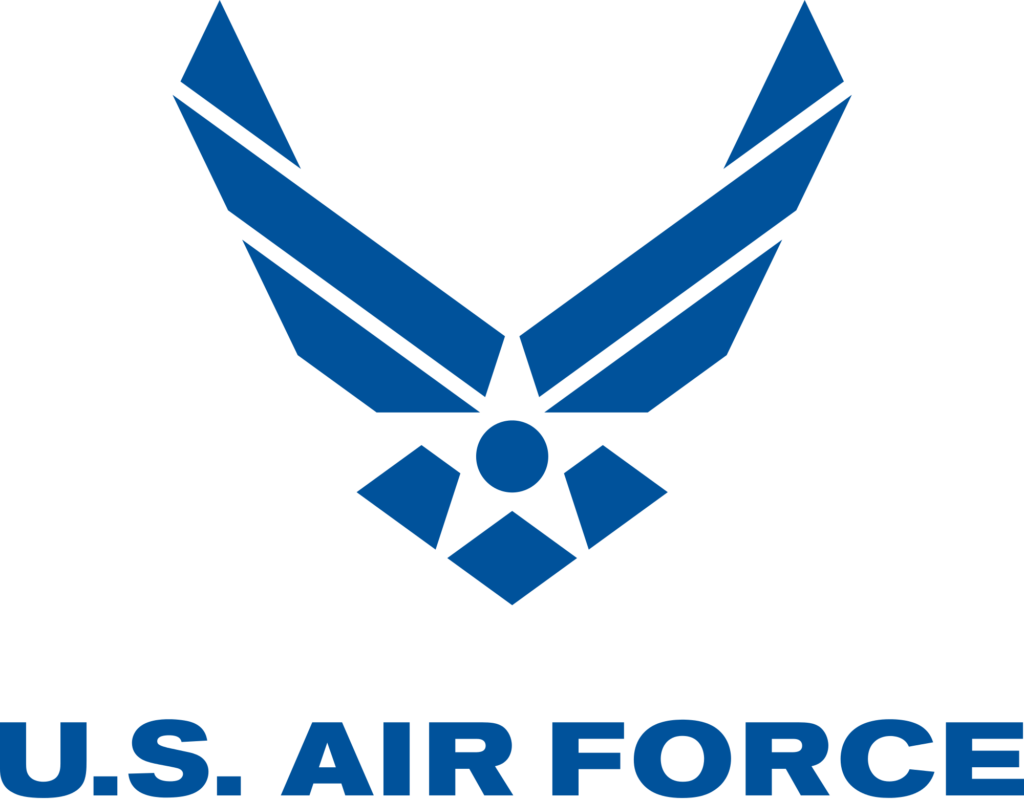


Leave a Reply